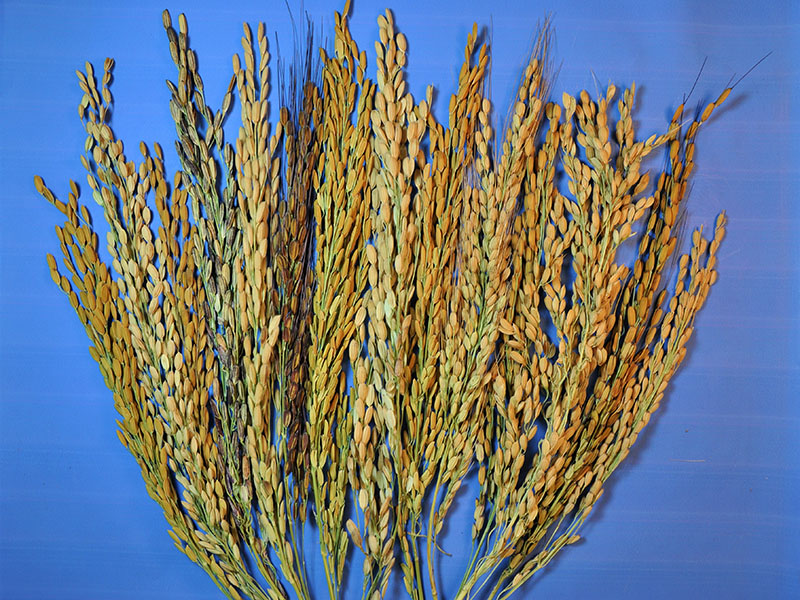Rice is cultivated around the world. But rice farmers face many challenges. These range from adapting to the effects of climate change to dealing with pressure to increase crop productivity.
That’s where gene banks come in. They serve as repositories for crop genetic materials.
“Gene banks preserve and characterize crop diversity for use in crop improvement, both now and for generations to come,” says Georgia Eizenga, a member of the American Society of Agronomy and Crop Science Society of America.
Eizenga is the lead author of a new study that aims to enhance the management and utility of the USDA’s repository of rice genetic resources. The research was published in Crop Science, a publication of the Crop Science Society of America.
The United States Department of Agriculture (USDA) National Small Grains Collection contains material from close to 20,000 varieties of rice. This diverse collection is especially important to the U.S. rice industry.
“Rice was introduced into the United States from Asia and Africa,” says Eizenga. “Having a diverse global collection of rice cultivars provides a source of new traits which can be used for crop improvement.”
But cataloging this collection of genetic material is no easy feat. Challenges include developing detailed descriptions, finding and correcting labelling errors, and removing redundant varieties.
Using physical characteristics to catalog close to 20,000 varieties is very difficult. Some characteristics, such as cooking quality and disease resistance, can be especially challenging to determine. That’s where genetic techniques can be useful.
“The USDA rice gene bank is a resource that has been developed over decades,” says Eizenga. “Molecular techniques will allow us to use this resource even more effectively.”
Eizenga and colleagues developed a small panel of genetic markers. Genetic markers are short, identifiable DNA sequences found in specific places of a genome.
These genetic markers serve as a guide to help researchers determine quickly whether a particular variety of rice has a specific trait This made it easier to search the USDA rice collection and manage it more efficiently.
Take for example, resistance to fungal diseases. Without genetic markers, breeders would start by growing several different rice varieties. Then they would have to expose the rice plants to the fungus. Finally, they would observe which varieties contracted the disease and which were resistant.
This process could take months. A set of genetic markers works much faster.
Researchers know which genes play a role in fungal disease resistance in rice. They can extract genetic material from different rice varieties. Then they use molecular biology techniques to test which varieties have the disease resistance genes.
Instead of months, this process can be completed in days. That can save valuable time and expense.
“Having molecular markers for traits that are difficult to phenotype can reduce the cost of characterizing rice varieties,” says Eizenga. “Molecular markers can also make the process more reliable.”
Genetic markers also help researchers identify different rice varieties more accurately.
“Knowing the correct species, subspecies and subpopulation is vital for breeders and geneticists,” says Eizenga. That’s especially the case when making crosses to incorporate desirable traits into new rice varieties.
Crosses made between two closely related varieties of rice are likely to produce more viable seeds than crosses between two diverse varieties. So, the markers for species, subspecies and subpopulation help breeders choose which rice varieties will work well together to develop improved hybrids.
Without establishing these successful hybrid varieties, breeders cannot incorporate desired traits into new rice varieties.
Eizenga and colleagues are now testing a newer molecular marker technology.
This technology involves looking for tiny differences in the genetic material of different rice varieties. It uses what are called single nucleotide polymorphisms – or SNPs.
“Using this technique will allow rice varieties to be cataloged even more quickly and inexpensively,” says Eizenga.
This research was funded by the United States Department of Agriculture’s Agricultural Research Service. Georgia Eizenga is a researcher at USDA’s National Rice Research Center in Stuttgart, Arkansas.


